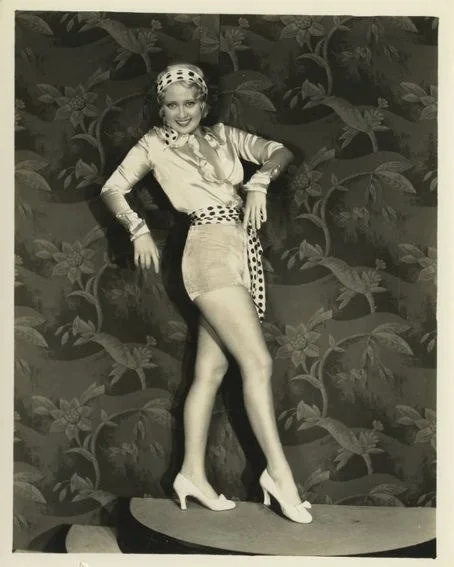
Glad Rags: Fashion and the Great Depression
Some years ago, in a breathtaking lapse of taste, The New Yorker published a fashion spread that aped iconic photographs of Dust Bowl migrants. I was as appalled as the next right-thinking person by the pouting models in $400 distressed cardigans pretending to thumb rides along desert highways. But if the charge is infatuation with the aesthetics of the Great Depression, I am guilty, guilty, guilty. Throw me in the clink—just so long as it resembles the hoosegow that Barbara Stanwyck saunters around in Ladies They Talk About (1932).
Why was everything, from automats to automobiles, from nightclubs to radios, from skyscrapers to bus stations, from cocktail shakers to the battered hats on homeless men, so elegant in the thirties? Why did bums back then look better than bankers today? Why are the movies and music, the clothes and every aspect of design from typefaces to elevator panels, so intoxicatingly stylish?

